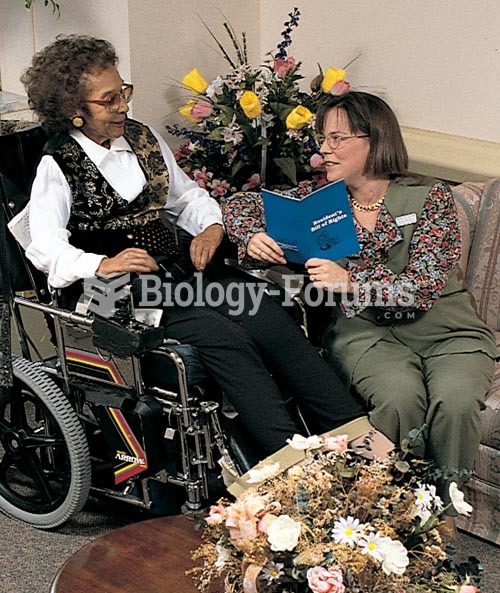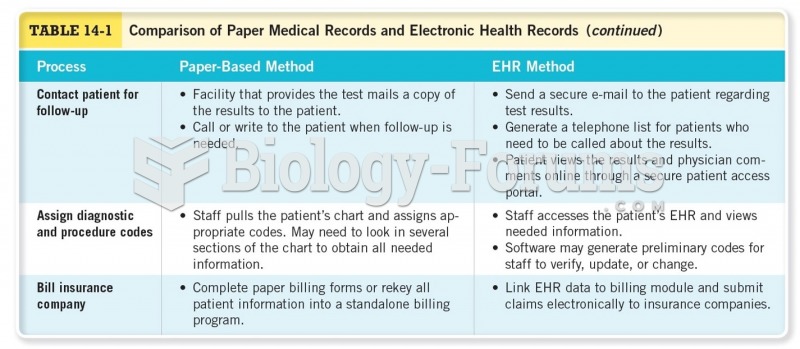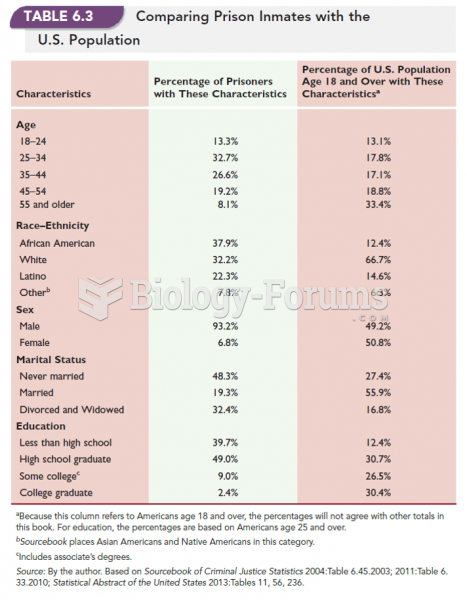Answer to Question 1
Answer: 2
Explanation: 2. A gender-nonconforming individual is one who by nature or choice does not conform to societal gender expectations A person who prefers to have sexual relations with both sexes would be considered bisexual. Transsexuals are persons who believe they were born into the wrong body and are actually members of the opposite gender. Cisgender refers to an individual whose self-perceived gender is congruent with his or her assigned birth gender.
Answer to Question 2
Answer: 1, 3
Explanation: 1. There are four perspectives on sex or gender: anatomical, chromosomal, hormonal, and psychological. In the hormonal perspective, one's sex is defined by the balance of male and female hormones. The anatomical perspective relies on sex-specific internal and external organs such as a penis. The chromosomal perspective is based on the number of X and Y chromosomes one possesses. The final perspective involves one's felt identity or gender identity. Behavioral is not a perspective on sex or gender.
3. There are four perspectives on sex or gender: anatomical, chromosomal, hormonal, and psychological. In the hormonal perspective, one's sex is defined by the balance of male and female hormones. The anatomical perspective relies on sex-specific internal and external organs such as a penis. The chromosomal perspective is based on the number of X and Y chromosomes one possesses. The final perspective involves one's felt identity or gender identity. Behavioral is not a perspective on sex or gender.







